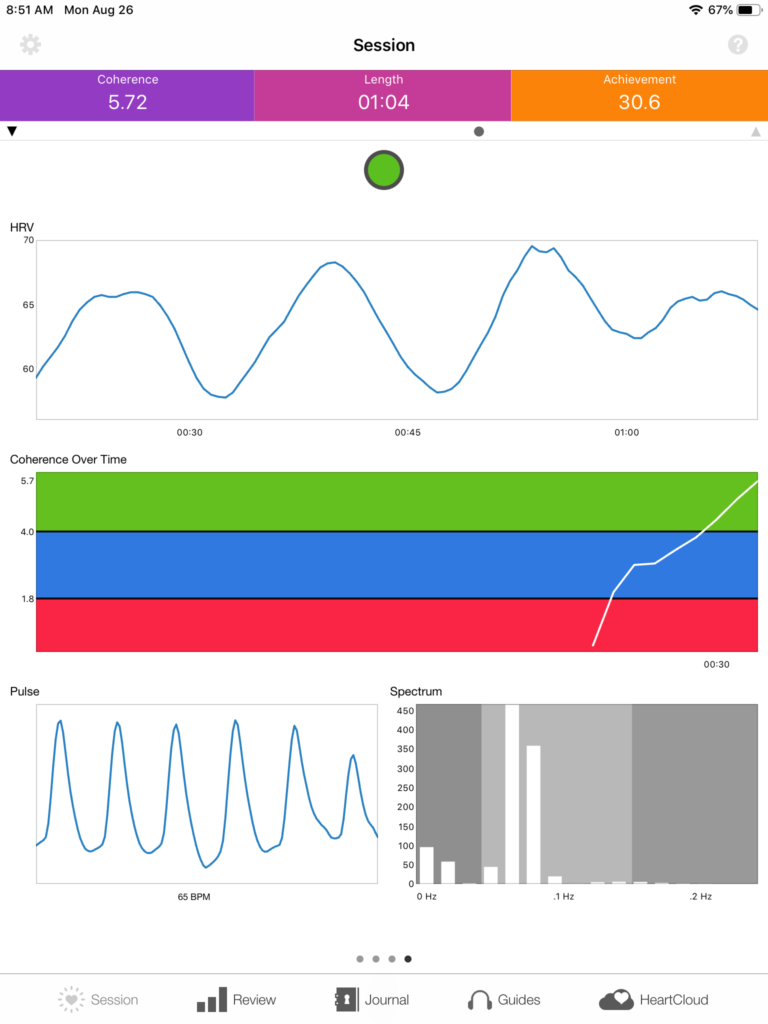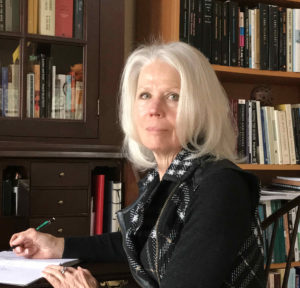“Stress is not from any outside quarter. Stress is when an outside pressure is not matched and overcome by your inside intelligence.” Yogi Bhajan 4/10/80
The link between chronic stress and disease is a widely acknowledged phenomenon, and yet most people don’t know how to change their deeply ingrained patterns of behavior when it comes to stressful situations. Hans Selye[i], a nominee for the Nobel Prize in 1949 and founder of the stress theory, has been credited as the first to recognize this phenomenon. Borrowing the term from physics, he described stress as any “nonspecific response of the body to any demand. “
In reasonable measures, stress itself is natural and healthy part of everyday life. Without our conscious awareness, our bodies form a response to incoming stressors. If it’s too hot you begin to sweat or when daylight begins to enter your bedroom you wake up, naturally.
Stress itself is not unhealthy; it is by staying in a habitual stress response that is unhealthy. When the “fight or flight” response becomes your new normal your nervous, glandular, and immune systems take the heat.
Long standing patterns of response to stress form deep grooves in our neural networks. With time this becomes the new normal and whether the incoming stressor is big or small the same response pattern gets triggered. Kundalini yoga, which includes yogic breathing (pranayam) and meditation, is a highly effective technology which can be used to re-program our responses to stress. Kundalini yoga first works on strengthening your nervous system, which in turn works on your glandular system, and your immune system. Yogic breathing exercises stimulate the “rest and digest” (parasympathetic branch) of the nervous system regain its balance with the “fight or flight” (sympathetic branch). When your stress response is activated most of the time (as it is for many people) the parasympathetic branch gets squelched or overrun by the sympathetic, which is only trying to protect you.
But when the incoming stressor is negative and chronic, like dealing with Seattle traffic on a daily basis, experiencing a volatile stock market, or feeling trapped in a job that is no longer fulfilling, you begin to form patterns of reaction that are unhealthy for you. Maybe you silently cringe every time you get into your car, or get a sinking if Wall Street is having a bad day, or start feeling depressed when you have to get up and go to work.
Changing Your Stress Response Patterns with Kundalini Yoga
Yogic science teaches you how to moderate your stress response, and how to build resilience so that you create a buffer to incoming stressors. External events around you have not changed, but your response to them has. Without reacting in old patterns, you maintain your calm, thereby preventing the cascade of stress hormones (i.e. cortisol and adrenaline) from flooding your body. Your blood pressure is less likely to shoot up and your brain functioning remains steadier without the cortical response. Life proceeds better.
The symptoms of a heightened stress response are often difficult to perceive. You typically don’t feel your blood pressure rising (and thus the name “the silent killer”), and most people are unaware of their accelerating heart rate, and other signs of heightened sympathetic activity.
Yogic breathing helps prevent harmful responses to stressors, and also can help you calm down during a stressful event. Changing your reaction patterns to incoming stressors is an inside job. 11 minutes of Kundalini yoga (especially breath work and meditation) every day will work wonders on your stress response. Consistent daily practice is the key to regaining resilience so that stressors that once affected you can now pass through without triggering a physiological stress response.
11 minutes may be too much time for many people, but don’t let that stop you from beginning a practice. As you begin to reap the benefits you may find the time to go a little longer. What may feel like a real pain in the rear at the beginning will typically become enjoyable-something that you actually look forward to.
Kundalini yoga teaches that specific lengths of times for meditation (including breath work) achieves the following effects:
- 3 Minutes: affects your electromagnetic field and the circulation of the blood.
- 11 Minutes: begins to change the nerves and the glandular system.
- 22 Minutes: balances the negative, positive, and neutral minds so that they can work together effectively.
- 31 Minutes: allows the glands, breath, and mental focus to affect all of your cells and rhythms of your body. The 31 layers of being (tattvas) are penetrated and all the layers of the minds projections.
- 62 Minutes: changes the gray matter in the brain, and the subconscious “shadow” mind and your projections become integrated.
- 2 ½ Hours: subconscious mind is re-patterned by Universal consciousness.
Evidence-Based Kundalini Meditation
Now I get that the above claims of Kundalini yoga may seem a bit far-fetched for many people. This is where evidence-based verification comes in handy. Coming from a scientific background, I too appreciate the validation I received when I hook myself up to an ear sensor and track my heart rate variability.
Use HRV biofeedback to show you when you’re in the zone of high heart coherence. Avoid the temptation to look at the biofeedback device during your short practice or it defeats the purpose of the meditation and/or breath work. Closing your eyes helps the parasympathetic system to re-engage, so please keep that in mind.
- Sine waveform pattern forms within 30 seconds
- Moving from red (low heart rhythm coherence) to green (high heart rhythm coherence) within 30 seconds.
- Spectrum data begins to cluster around the 0.1 HZ mark, the zone of coherence
- Author own recording during a practice session.

If you are experiencing high levels of stress such that it is affecting your health, work, relationships, and/or peace of mind, then I encourage you to practice Kundalini yoga, specifically meditation and breath work, to learn to self-regulate your response to stress. I am available for private 1:1 mentoring sessions if you would like help figuring out a strategy and accountability in getting your situation under control. Together we will figure out which are the most stubborn stressors and new ways of mitigating their harmful effects.

[i] Tan, Siang Yong, and A Yip. “Hans Selye (1907-1982): Founder of the stress theory.” Singapore medical journal vol. 59,4 (2018): 170-171. doi:10.11622/smedj.2018043

